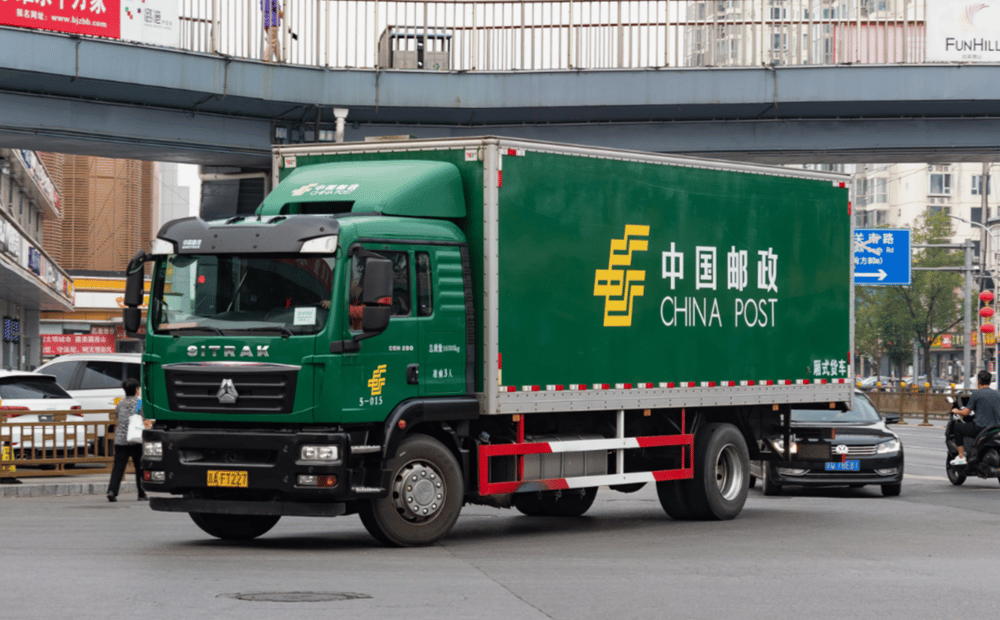CATL Bets Big on Electric Trucks as China’s Freight Sector Transforms
China's electric vehicle revolution may soon extend far beyond city streets. According to recent remarks by Zeng Yuqun, Chairman of battery giant Contemporary Amperex Technology Co. Limited $300750.SZ, electric heavy-duty trucks could account for 50% of all new truck sales in China by 2028, up from an estimated 10% in 2024. These comments, made during a presentation on battery-swapping infrastructure for commercial freight transport and reported by government-affiliated outlet Jiemian, point to a dramatic shift in one of the most fuel-intensive sectors of the economy.
This prediction signals not only the rise of zero-emission technologies but also a potentially profound impact on China's diesel and LNG (liquefied natural gas) demand. Already, the trucking industry is facing pressure from the growing number of LNG-powered vehicles. Now, with electric solutions becoming more viable for long-haul logistics, CATL is pushing forward to secure its leadership in energy storage systems for heavy transport.

Laying the Groundwork for Mass Adoption
The transformation is not merely aspirational — it's being backed by tangible infrastructure and production expansion. On Saturday, CATL announced the launch of a 60 GWh energy storage and EV battery production facility in Shandong province. This marks the company’s first major manufacturing hub in northern China, a region with vast logistics demand and long trucking routes ideal for battery-swapping models.
The strategic move reflects CATL’s recognition of regional logistics hubs as key enablers of the electric freight transition. The Shandong facility is expected to support both stationary energy storage applications and mobile solutions for electric vehicles, particularly high-capacity trucks.
Key Drivers Behind the Rapid Growth
Policy incentives from Beijing encouraging green freight transport
Growing total cost of ownership (TCO) advantage of EV trucks over diesel alternatives
Battery-swapping technology reducing downtime and addressing range anxiety
Technological advancements in high-density, long-life battery cells
Scaling Logistics for an Electric Future
Zeng’s remarks indicate CATL’s long-term vision is deeply aligned with national decarbonization goals and the company's ambition to dominate energy infrastructure across sectors. With electrification gaining momentum, CATL is preparing to be the battery backbone of a zero-emission logistics network.

Strategic Priorities for the Next Phase
Battery-Swapping Ecosystems: Building dense, regionalized networks for rapid battery replacement tailored to fleet operators.
Heavy-Duty Battery Design: Engineering power cells that meet the durability and torque needs of freight haulers.
Fleet Electrification Partnerships: Collaborating with OEMs and logistics companies to scale electric truck adoption.
Grid and Energy Storage Integration: Positioning large battery installations as balancing tools for renewable-heavy grids.
Geographic Diversification: Establishing production close to core logistics corridors to minimize transport costs and latency.
Shifting the Energy Landscape of Road Freight
If projections hold, China's road freight market will undergo a foundational transformation within the next four years. With CATL at the helm of battery innovation and production, the stakes are high for both legacy fuel providers and emerging electric mobility players. As diesel demand plateaus and battery-swapping technology matures, energy use in the logistics sector may begin to mirror the evolution already seen in passenger transport.
By anchoring its strategy in both scale and system-level innovation, CATL is not just building batteries — it’s helping redefine the economics of freight.















Comments
Progressive investments are fueling remarkable expansion in technology, setting the stage for future advancements in automation.
This sale holds the potential to significantly influence the future of automation in the tech industry.